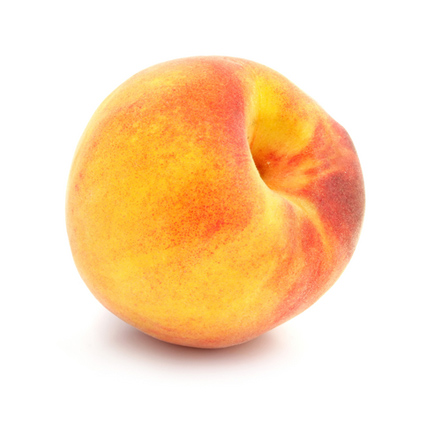
WARNING! WARNING!! WARNING!!!
Aerospace Palace International, Nigeria and her subsidiaries including Ola-great Multilinks Nigeria Enterprises DO NOT have Agents and/or Representatives in any part of the world. Anyone who involves in such transaction without proper verification does so at his/her own risk.
IMPORTANT ANNOUNCEMENT! IMPORTANT ANNOUNCEMENT!! IMPORTANT ANNOUNCEMENT!!!
This is to officially dissociate our organisation from Radix FZC. We discovered that Radix FZC sold our former domain to a Pornographic organisation and we hereby inform our partners and the general public that we have no business with Radix FZC and the Pornographic contents being paraded on the former domain is not our idea in any form. Our website is now www.aerospacepalace.com.ng.
We frown at illegal contents and we say NO to contents that pollute and corrupt the society.
We stand for INTEGRITY always and that is what we pursue in our business dealings.
Ola-great Accessories Online Store

Raji Aderonke
The Store Manager
MESSAGE FROM THE STORE MANAGER
This is our "newly born baby".
You can be rest assured to get the best of products at affordable prices, delivered to your doorsteps especially from our partner - konga.com.
Watch out as we list our range of products in the coming weeks.SIMPLY click on any of our product icons below.
We wish you happy shopping with us.
Dont forget to creat an online account with our store to make your shopping experience easy and worthwhile.
THANK YOU!!!

